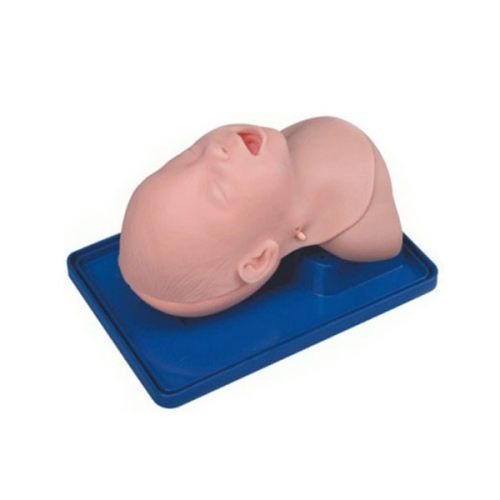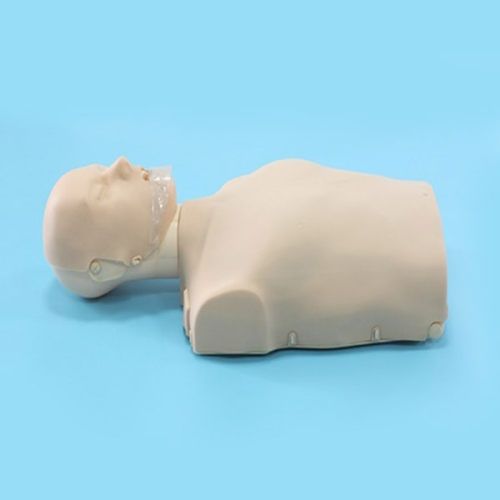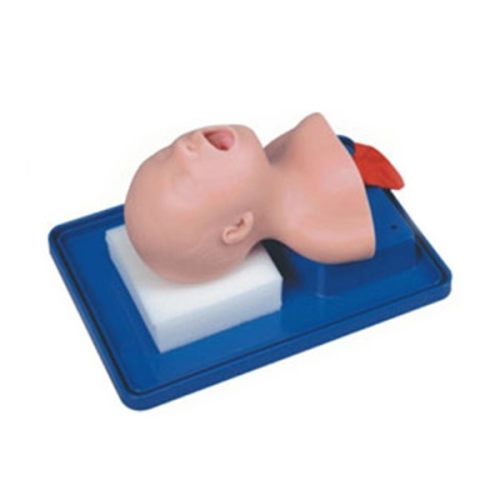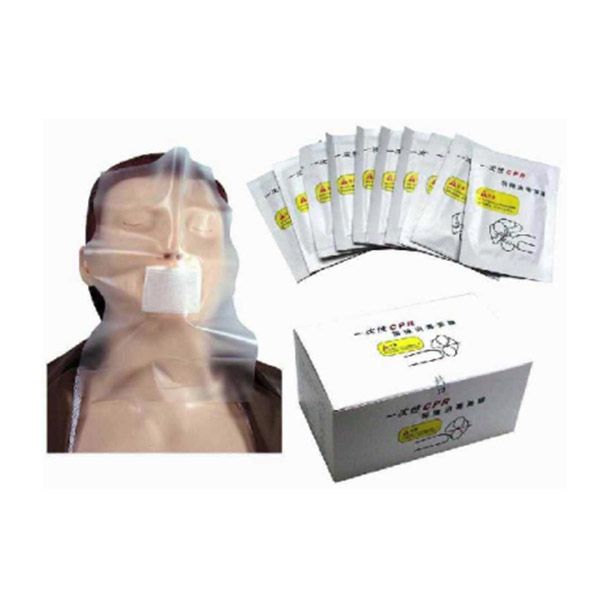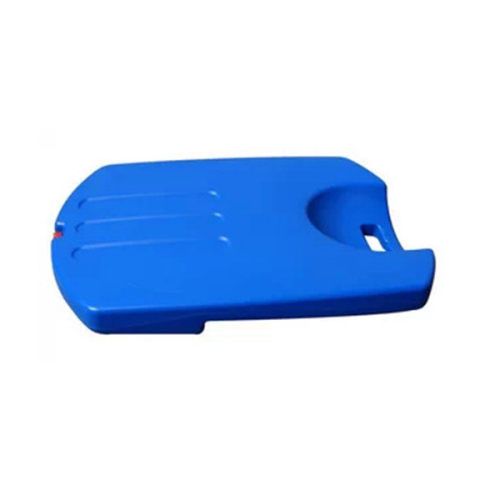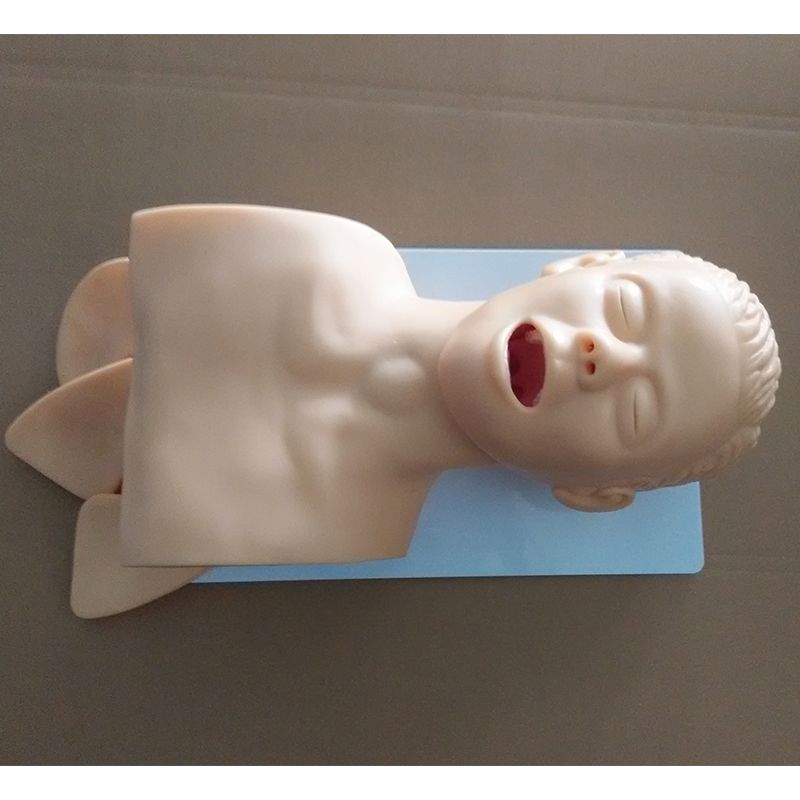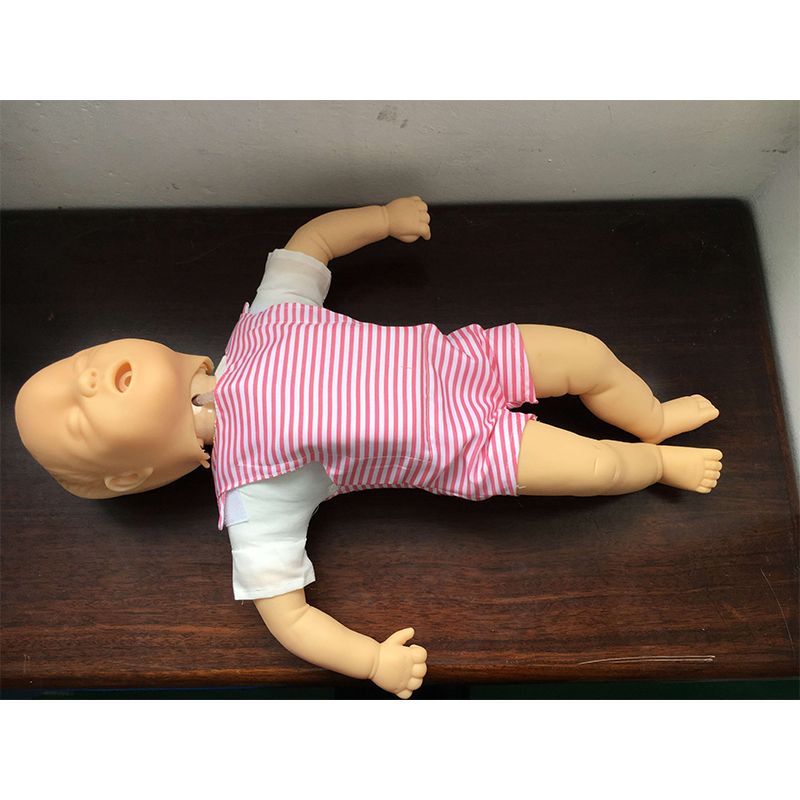In the event of a cardiac emergency, the ability to perform CPR effectively can mean the difference between survival and death. Fortunately, CPR training provides individuals with the skills required to intervene and potentially save lives. The CPR manikin, also named emergency training manikin, a sophisticated simulator that allows learners to practice and fine-tune their CPR techniques, is an essential component of this training. Scopelab will introduce how to examine their capabilities, methods for determining feedback accuracy, and factors influencing their dependability. By understanding how to use and evaluate these training tools, we can ensure that CPR training leads to real-world confidence and proficiency.

How to Use a CPR Manikin for Testing: Basic Functions and Uses of a CPR Manikin
CPR manikins are advanced training devices that simulate various aspects of the cardiopulmonary resuscitation (CPR) procedure. They offer real-time feedback to help students practice and improve critical skills like chest compressions and rescue breathing. Manikins typically incorporate a variety of sensors and indicators to detect the rate, depth, and location of compressions, as well as the quality of rescue breaths, and provide immediate feedback via sound, lights, or screen displays.
Steps for Using a CPR Manikin for Testing
- Power On and Setup: Make sure the CPR manikin is turned on and adjust the settings as necessary. Some manikins may allow you to switch between training modes, such as practice mode or assessment mode.
- Start Training: Once the manikin is ready, start performing CPR. In practice mode, the manikin will give you real-time feedback to help you improve your technique. In assessment mode, the manikin will record your performance for future evaluation.
- Perform CPR: Practice CPR in accordance with standard operating procedures, including proper hand placement, depth, rate, and rescue breathing techniques. The manikin will observe your actions and provide feedback accordingly.
- Receive Feedback: Pay attention to the manikin’s visual, auditory, or tactile feedback during practice. This feedback will help you identify and correct any flaws in your technique.
- Repeat Practice: Repeat practice based on the feedback from the manikin until you can perform CPR correctly every time.
- Evaluate and Record Results: If the manikin has an automatic scoring function, the score will be calculated and displayed based on your performance. You can use this information to evaluate your progress and identify areas that need more practice.
Common Issues and Solutions
- Inaccurate Feedback: Check the manikin’s battery level and sensor functionality, and make sure all connections are secure.
- Difficulty with Operation: If you have any operational issues, consult the manikin’s user manual or seek professional help.
- Understanding Feedback Information: Review all of the manikin’s instructions and suggestions to ensure you understand how to use the feedback to improve your CPR skills.
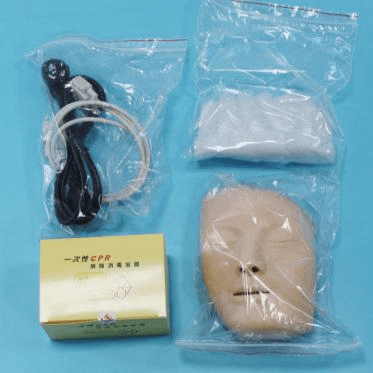
Assessing the Accuracy of CPR Manikin Feedback: Methods for Verifying Feedback Reliability
CPR simulators are useful tools for teaching and evaluating CPR skills. However, the accuracy of their feedback is critical to effective training. Here are a few ways to check the accuracy of CPR manikin feedback:
- Calibration Check: Before using a CPR manikin, make sure it is properly calibrated to maintain the accuracy of its sensors and feedback mechanisms. Calibration procedures vary depending on the manikin model, but they usually involve determining the accuracy of chest compression depth and rate sensors.
- Comparison with Standard Guidelines: Check that the manikin’s feedback is consistent with the CPR guidelines and performance standards established by reputable organizations such as the International Liaison Committee on Resuscitation (ILCOR) and the American Heart Association (AHA). These guidelines describe the appropriate depth, rate, and technique for chest compressions and rescue breaths.
- Multi-sensory Verification: High-quality CPR simulators frequently provide feedback via a variety of sensory modalities, including visual, auditory, and tactile cues. Compare the consistency of these feedback signals to determine their overall accuracy. For example, if the visual indicator shows proper compression depth but the tactile feedback indicates excessive pressure, it indicates a problem with one of the sensors.
- Third-party Validation: If possible, validate the CPR manikin’s feedback using third-party devices or software. Some studies have shown that real-time feedback systems can improve CPR quality, implying the dependability of their information.
- User Experience: Operate the manikin and assess the timeliness and intuitiveness of the feedback based on your own perceptions and experiences. If the feedback is consistent with your actions and helps you improve your technique, it is most likely correct.
- Expert Assessment: If you have any doubts about the accuracy of the manikin’s feedback, consult a certified first aid instructor or medical equipment specialist. They can offer professional evaluations and guidance.
Using these methods, you can effectively assess the accuracy of CPR manikin feedback, ensuring that your CPR training is based on reliable information and leads to improved CPR skills.
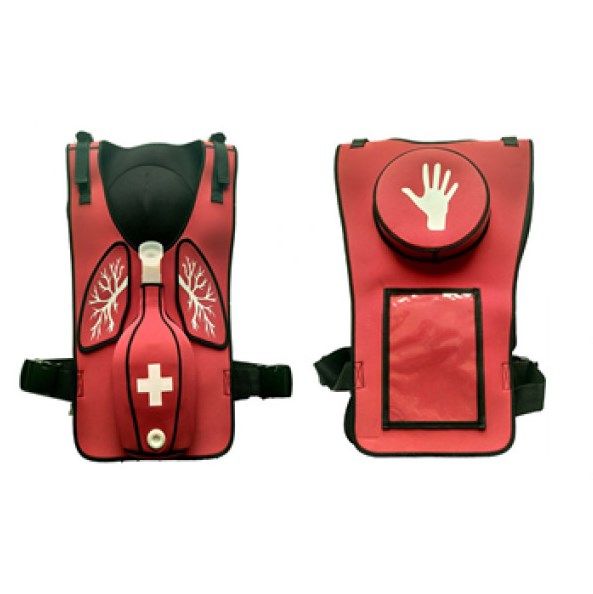
Factors Affecting the Accuracy of CPR Manikin Feedback
The accuracy of CPR simulator feedback is critical to effective CPR training. Several variables can affect the dependability of the feedback provided by these training tools:
- Sensor Accuracy and Calibration: The internal sensors of a CPR manikin detect the rate, depth, and location of chest compressions. If these sensors lack precision or are not properly calibrated, the feedback they provide may be incorrect. Regular calibration of the manikin in accordance with the manufacturer’s instructions is required to maintain sensor accuracy.
- Software Algorithms: Typically, a manikin’s feedback system processes sensor data and generates feedback using built-in software algorithms. The quality of the software’s design and programming has a direct impact on feedback accuracy and timeliness. Manufacturers should use rigorous software testing and validation procedures to ensure the accuracy of their algorithms.
- Environmental Factors: External environmental conditions such as temperature, humidity, and electromagnetic interference can all have an impact on sensor performance, resulting in inaccurate feedback. It is recommended that CPR manikins be used in controlled environments with minimal external factors.
- User Technique: How users use the CPR manikin can also affect the accuracy of the feedback. For example, improper hand placement or compression force may cause the sensors to incorrectly detect the actions. Users should be properly trained and guided on how to use the manikin effectively.
- Maintenance and Wear: Over time, the manikin’s components may wear and tear, affecting sensor sensitivity and overall feedback system performance. Regular maintenance and replacement of worn-out parts are required to ensure the accuracy of the manikin’s feedback.
- Calibration and Validation Procedures: The frequency and effectiveness of calibration and validation procedures are critical to ensuring the accuracy of the manikin’s feedback. If these procedures are not followed on a regular or proper basis, the manikin’s performance may deteriorate.
- Manufacturer Quality Control: The manufacturer’s quality control practices during the manufacturing process have an impact on the manikin’s performance. Stringent quality control measures can help to reduce manufacturing defects and ensure that each manikin consistently provides accurate feedback. Choosing a reliable manufacturer is the right way.
- User Training and Guidance: If users do not receive adequate training and instruction on how to use the manikin, they may operate it incorrectly, reducing feedback accuracy. Comprehensive user training materials and guidance should be provided to ensure that the manikin is used appropriately.
Maintaining the accuracy of CPR manikin feedback is critical for effective CPR training. Regular maintenance, calibration, and user training, as well as the use of high-quality manikins and software, are critical steps toward ensuring feedback reliability and optimizing the training experience.
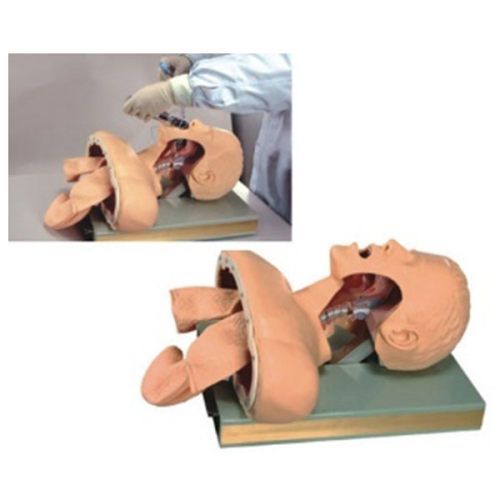
Conclusion
Mastering CPR is an ongoing process, and CPR manikins are an invaluable tool for practice and improvement. Using the methods outlined in this article, you can effectively use these training tools while ensuring the accuracy of the feedback they generate. Remember that CPR simulators require regular maintenance, proper calibration procedures, and user training to remain reliable. With a thorough understanding of these tools and their capabilities following the manikin manufacturer Scopelab, you can confidently hone your CPR skills and prepare to act decisively in a critical situation.
